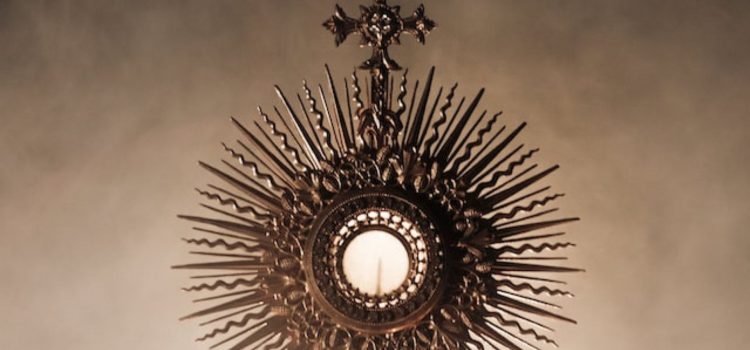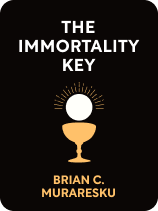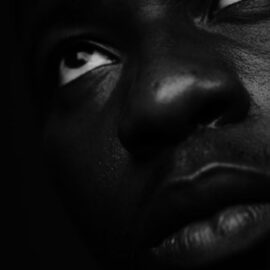

This article is an excerpt from the Shortform book guide to "The Immortality Key" by Brian C. Muraresku. Shortform has the world's best summaries and analyses of books you should be reading.
Like this article? Sign up for a free trial here.
Why can’t women be priests? What does paganism have to do with the exclusion of women from church leadership?
To this day, the Catholic Church remains staunch on its policy that women cannot be ordained into the priesthood. According to Brian Muraresku, the exclusion of women from the priesthood and other official church leadership was a way to eradicate all traces of paganism.
Keep reading to learn about the history of the exclusion of women from church leadership.
Why Women Can’t Be Priests
Why can’t women be priests? Before the advent of Christianity, the Greco-Roman people practiced mystical traditions, at the core of which was a direct experience of God induced by the ingestion of hallucinogenic brews. The preparation of the sacrament was a knowledge that was considered women’s domain. So, removing women from church leadership positions was crucial for putting an end to mystical traditions that Christianity replaced.
But what happened to the sacramental wine traditions? Where did the knowledge go? And he argues that this issue is at the basis of the long era of witch hunts throughout Europe.
Muraresku says the persecution of women by the church, especially of those with healing and plant knowledge, continued for centuries, and ultimately resurfaced later in the witch trials. He says over time the church systematically exterminated the knowledge of the preparations, not just individuals.
In reference to a document in which the Catholic Church called witches “the most dangerous of all enemies to the human race and the Christian Church,” Muraresku asks how could women cooking up “potions” in their homes be that dangerous to such a massively powerful organization? And he argues that it’s because those potions made people realize they could directly commune with the divine and that would make the church obsolete if people had access to that experience. A record from AD 1320 specifically orders Inquisitors to target those who “abuse the sacrament of the eucharist….by using them or things like them in their sorcery.” Muraresku believes this to be evidence of a longstanding attempt by the Christian church to eradicate the mystical element of the earlier rituals, by suppressing and eliminating women and their knowledge of drugs.
(Shortform note: Historians estimate that around 40,000 people, most of them women, were executed for witchcraft in Europe during the Middle Ages. Some believe these campaigns were largely about a competition for followers between the Protestant and Catholic churches. Once the majority of the population was convinced that witchcraft was a source of evil in the world, the two branches of Christianity set out to compete for who could execute the most witches and prove themselves to be the more efficient church.)
| Exclusion of Women From Christianity Although there is ample historical evidence that women were spiritual leaders in the early proto-Christian era, powerful men gradually began undermining women’s roles in order to establish a more patriarchal structure within the church. In one case, the name of a woman in a Biblical story was changed to a man’s name to eliminate the evidence that a woman was an apostle. There was also a concerted effort to conflate the character of Mary Magdalene (also an apostle of Christ) with a prostitute who appears in a different Biblical passage, and to this day, many Christians are under the mistaken belief that Mary Magdalene was a prostitute, although that is not stated anywhere in the Bible. |

———End of Preview———
Like what you just read? Read the rest of the world's best book summary and analysis of Brian C. Muraresku's "The Immortality Key" at Shortform.
Here's what you'll find in our full The Immortality Key summary:
- The secret that kept ancient Greeks and early Christians from fearing death
- The origins of Christianity and its overlap with pre-existing pagan customs
- The real reason why women can't be priests






